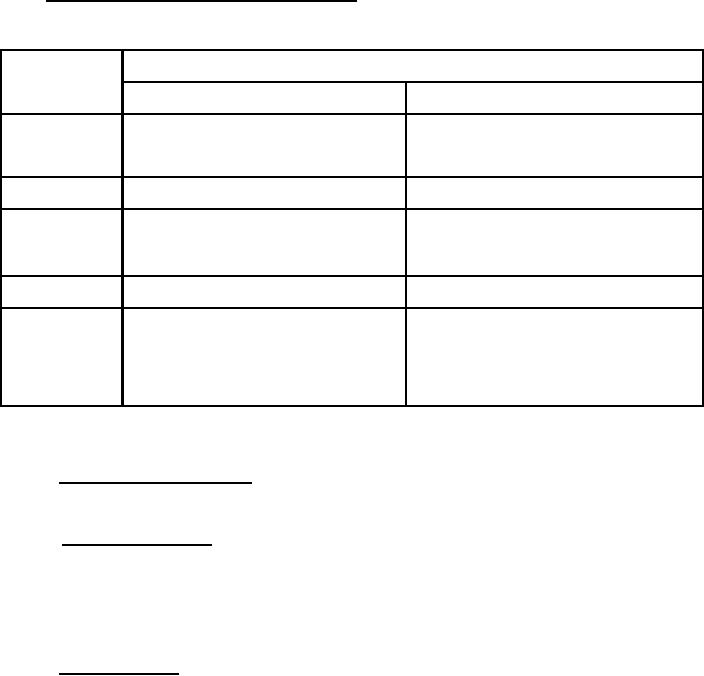
MIL-PRF-19500/366P
4.3 Screening (JANS, JANTXV, and JANTX levels only). Screening shall be in accordance with table E-IV of
MIL-PRF-19500, and as specified herein. The following measurements shall be made in accordance with table I
herein. Devices that exceed the limits of table I herein shall not be acceptable.
Screen (see
Measurement
table E-IV of
MIL-PRF-19500)
JANS level
JANTX and JANTXV levels
(1) 3c
Thermal impedance method 3131 of
Thermal impedance method 3131 of
MIL-STD-750, see figures 11, 12, 13, and
MIL-STD-750, see figures 11, 12, 13, and 14,
14, and 4.3.3.
and 4.3.3.
9
ICBO2 and hFE4
Not applicable.
ICBO2 and hFE4
11
ICBO2 and hFE4; ĆICBO2 = 100 percent of
initial value or 5 nA dc, whichever is greater;
ĆhFE4 = ±15 percent of initial value.
12
See 4.3.2.
See 4.3.2.
13
Subgroups 2 and 3 of table I herein;
Subgroups 2 of table I herein;
ĆICBO2 = 100 percent of initial value
ĆICBO2 = 100 percent of initial value
or 5 nA dc, whichever is greater;
or 5 nA dc, whichever is greater;
ĆhFE4 = ±15 percent of initial value.
ĆhFE4 = ±15 percent of initial value.
*
(1) Shall be performed anytime after temperature cycling, screen 3a; JANTX and JANTXV levels do not need to
be repeated in screening requirements.
4.3.1 Screening (JANHC and JANKC). Screening of JANHC and JANKC die shall be in accordance with
MIL-PRF-19500, "Discrete Semiconductor Die/Chip Lot Acceptance". Burn-in duration for the JANKC level follows
JANS requirements; the JANHC follows JANTX requirements.
4.3.2 Power burn-in conditions. Power burn-in conditions are as follows: VCB = 10 - 30 V dc; power shall be
applied to achieve TJ = +135°C minimum using a minimum power dissipation = 75 percent of maximum rated PT (see
1.3). NOTE: No heat sink or forced air-cooling on the devices shall be permitted. With approval of the qualifying
activity and preparing activity, alternate burn-in criteria (hours, bias conditions, TJ, and mounting conditions) may be
used. A justification demonstrating equivalence is required. In addition, the manufacturing site s burn-in data and
performance history will be essential criteria for burn-in modification approval. Use method 3100 of MIL-STD-750 to
measure TJ.
* 4.3.3 Thermal impedance. The thermal impedance measurements shall be performed in accordance with
method 3131 of MIL-STD-750 using the guidelines in that method for determining IM, IH, tH, tMD (and VC where
appropriate). The thermal impedance limit shall comply with the thermal impedance graph in figures 11, 12, 13, and
14 (less than or equal to the curve value at the same tH time) and shall be less than the process determined statistical
maximum limit as outlined in method 3131 of MIL-STD-750. See table III group E, subgroup 4 herein.
10
For Parts Inquires call Parts Hangar, Inc (727) 493-0744
© Copyright 2015 Integrated Publishing, Inc.
A Service Disabled Veteran Owned Small Business